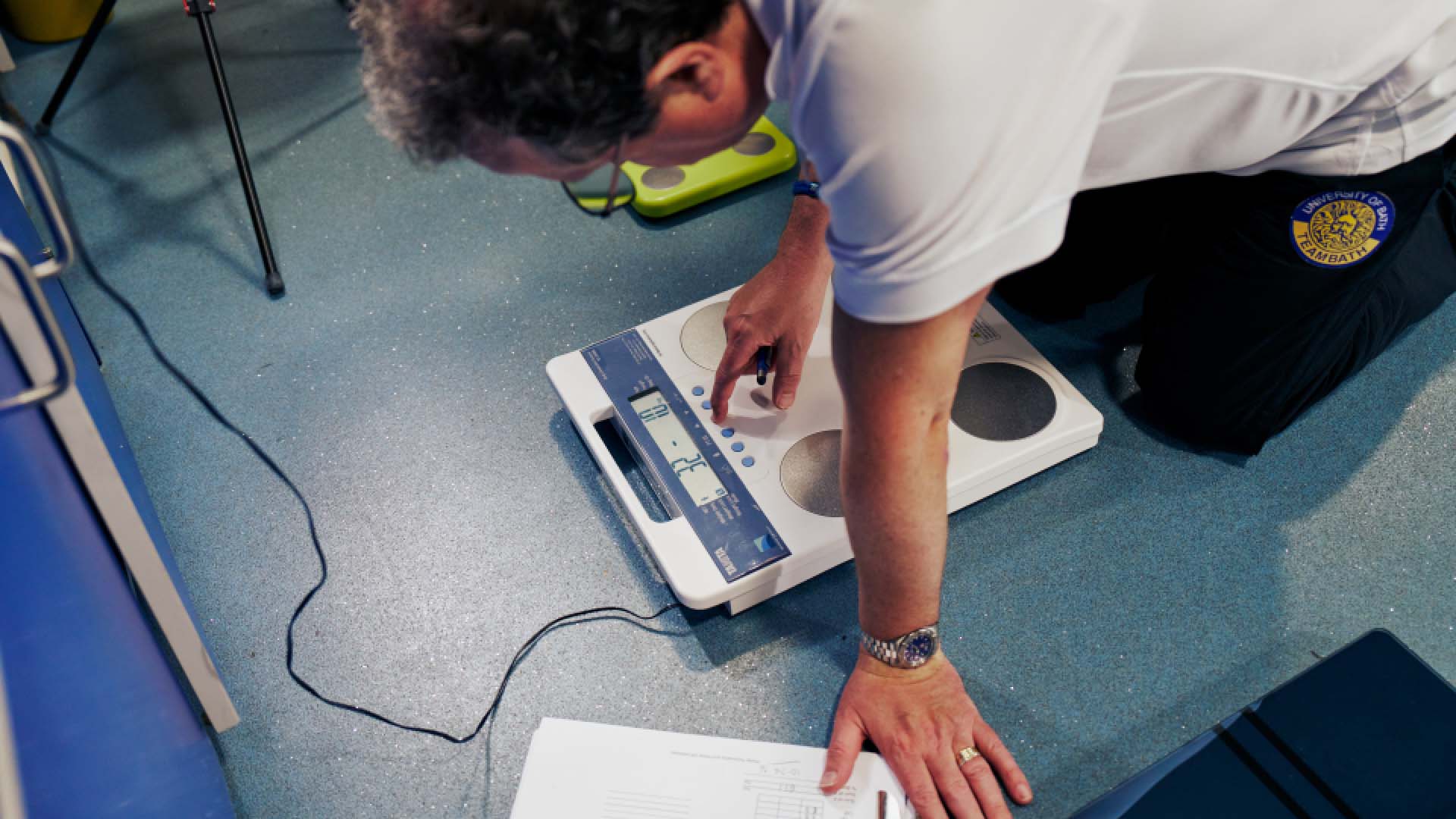
For anyone interested in tracking their weight and body composition, smart scales are a convenient way of doing this. But how accurate are the best smart scales?
Manufacturers make lots of claims about the accuracy of their devices. But without having something to compare your readings with, it is difficult to know how precise they really are.
Unless you have a small collection of smart scales, chances are you don’t have a reference point. And while it is possible to get a DXA scan or use a bod pod to provide that comparator, these are often expensive and inconvenient. All of this means that often, we are left having to trust the readings from our smart scales with no real way of knowing how close they are to the actual numbers.
Which is where we come in. Here at Saga, we have tested a variety of smart scales to gauge how accurate they are and to see if the readings they provide can be trusted or not.
There’s plenty of detail, but the summary conclusion is this: smart scales are probably accurate enough for most people when it comes to weight readings.
But they appear to be less reliable when it comes to body composition. Some devices are better than others in this regard. Here’s what we found.
What we did
We took eight commercially available smart scales that we've previously reviewed to the Department of Sports Development and Recreation at the University of Bath.
We enlisted the help of four men and women in their 40s and 50s. They varied in terms of fitness levels and how much exercise they do on a regular basis. With their help, we were able to take readings from all of our smart scales. We then compared them with a high-end set of body composition scales used by the university.
The SC240MA scales are manufactured by Tanita and have an RRP of around £1,500. These scales weigh 4.7kg (10lb 6oz), making them considerably heavier than any of the other smart scales we tested.
We also enlisted the help of Jonathon Robinson, an Applied Sports Scientist with more than 25 years of experience, who took readings using skinfold callipers. Callipers are an instrument used to measure the thickness of skinfolds.
Readings are taken from several sites around the body. An equation is then used to offer an overall estimate of body fat.
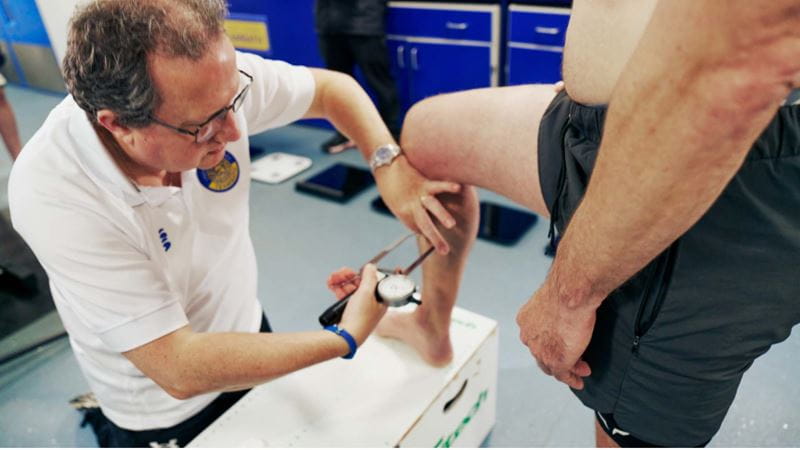
A mixed bag
Generally very good
In terms of the accuracy of the weight readings, all the scales were impressively consistent, with all of them being, on average, more than 99% accurate when compared with the expensive Tanita scales.
The single largest discrepancy for one of our volunteers was with the Withings Body Scan smart scales, at 0.6kg (1lb 5oz). We suspect that this reading may have been an error, given how much of an outlier it was, and will have distorted the average variance of these scales as a result.

Despite the relatively large discrepancy, this reading was still within 1% of the Tanita scales that we tested. And all the other scales were within 0.3kg (11oz) of the Tanita scales. This meant that, except for the Body Scan (with that outlier result), all the scales fell within 99.75% accuracy, as compared to the Tanita scales.
Interestingly, the Withings scales consistently weighed our subjects slightly lighter than the Tanita scales, while other manufacturers typically found that our subjects weighed slightly more than they did on the Tanita scales.
Overall, we would say that the smart scales we tested are highly accurate, at least when it comes to measuring weight. There are minor differences, but for most people these won’t be significant enough to matter. A hundred grams here or there is unlikely to make a meaningful difference to the majority when it comes to taking a weight reading.
Much less impressive
When it comes to body composition, results were far more mixed. There were variances between all the smart scales, when compared with both the callipers and the Tanita scales.
Before breaking down the results, it’s worth pointing out that there was a difference between the readings taken by the Tanita scales, compared with the callipers. On average, this was around 2.75%.
When we compare the readings with our other smart scales, we found that, on average, there was a 6.75% variance between our smart scales and the calliper tests, and a 7.12% difference between the smart scales and the Tanita scales.
The best performing scales were the Withings Body Scan, with an average difference of 4.3% compared with both the Tanita scales and the calliper tests. In contrast, the least accurate scales appeared to be the Eufy Smart Scale P2 Pro and the Xiaomi Mi Body Composition Scale 2, which had an average variance of 11.74% and 10.68% respectively - more than twice the difference of the Body Scan scales.
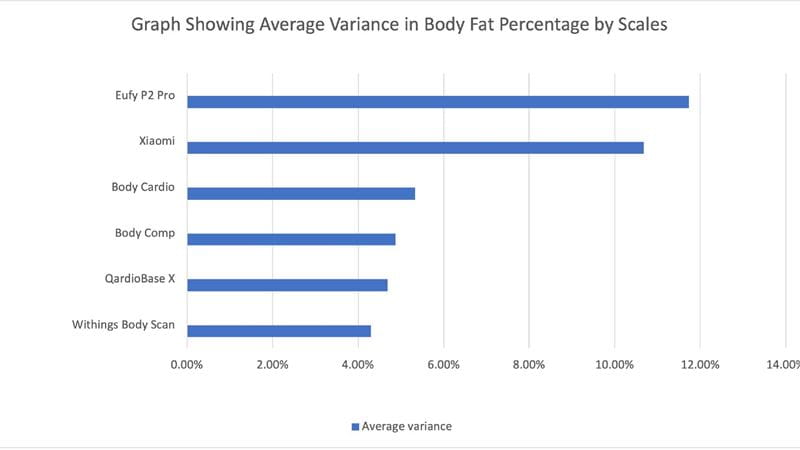
In general, the more expensive scales, such as the Withings Body Scan (RRP £349.95) and the Body Comp (RRP £189.95), had more accurate results than the Xiaomi Mi Body Composition Scale 2 and the Eufy Smart Scale P2 Pro, which cost significantly less.
This suggests that the more you pay, the more accurate the readings you'll get. However, even the pricier scales lack precision.
The readings taken by the best-performing scales, the Withings Body Scan, were still substantially different to those taken by the callipers and the Tanita scales. To give you an example, the callipers measured one test subject's body fat percentage at 10.7%, with the Tanita scales measuring it at 10.5%.
Now compare those readings to the Body Scan scales, which registered the same person's body fat at 17.2%.
When we look at the lowest-performing scales, the Xiaomi Mi Body Composition Scale 2 and the Eufy Smart Scale P2 Pro, these differences are even more stark. Both these sets of scales were more than 10% out, on average, when compared to the calliper tests.
Looking at the same test subject as before, the body fat readings showed as 26.4% on the Xiaomi scales and 30.5% on the Eufy scales.
These readings are almost three times higher than the callipers and Tanita scales recorded. We saw this consistently with those two sets of scales, which were significantly less accurate than any of the others we tested.
So, how accurate are smart scales?
Looking at these figures, it’s clear that smart scales are very accurate when it comes to weight readings, but significantly less so when it comes to body composition.
Our sample size was small, and we didn’t have the opportunity to repeat the readings multiple times. But nevertheless, these results do allow us to draw some tentative conclusions and raise some interesting questions.
The first point is that there were no readings that were totally in agreement, and so it seems that a degree of variability is to be expected. But, overall, it does appear that the more you pay, the more you get in terms of accuracy.
The more premium devices appeared to be, on average, more closely aligned with the calliper readings, and those of the Tanita scales. Even so, they still weren’t hugely accurate.
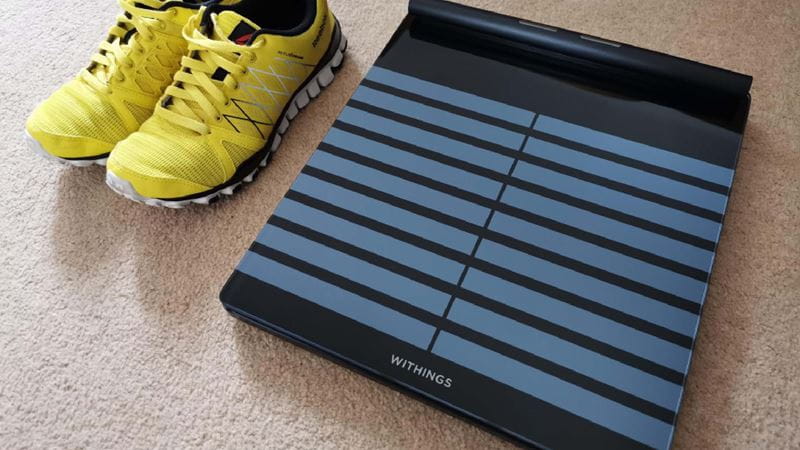
We also noted that when measuring our test subjects, those with lower levels of body fat (based on calliper tests) did seem to have slightly larger discrepancies when using the smart scales. This raises the question of whether smart scales may find it harder to accurately estimate body fat readings when body fat levels are already low.
Some scales do offer an ‘athlete mode’, which is designed to mitigate some of these issues. But it would suggest that for anyone who is particularly fit, scales that don’t offer this feature are likely to give you even less accurate readings.
It also wasn’t clear how good the scales are at differentiating between male and female users, and whether they take this into account sufficiently when estimating readings. And finally, we were left wondering whether smart scales are more accurate for people with low, average or high levels of body fat, and whether this makes a difference at all.
Are smart scales worth the money, then?
At first glance, the fact that none of the smart scales we tested were especially accurate might suggest that there is little point in buying them. But there are a couple of things to bear in mind.
We had a small sample size to work from. This makes us reluctant to claim that these numbers offer definitive proof. But they do indicate that there are some concerns around the accuracy of smart scales.
An individual reading from any of these smart scales doesn't appear to be exact in terms of body composition. But we would still be reasonably confident that, over time, the trends you would see on the scales would be a true reflection of any changes to your body composition.
For example, if your body fat percentage were dropping over a three-month period, we’d be inclined to believe that you are, indeed, seeing a reduction in your body fat levels. To help, we’ve got a guide on how to get the most accurate smart scale readings.
We’d suggest that smart scales are best used as a guide, rather than being taken as definitive. The trends over time are more important than any specific one-off reading. And if you have any health concerns, we’d always recommend speaking to your doctor, rather than relying on the smart scales.
Based on what we’ve seen, smart scales won’t give you the same level of accuracy as the gold-standard methods of measuring your body composition. But they can still be useful to support and motivate you if you’re trying to reach a particular goal.
Whether the amount of support and motivation they provide justifies the price tag is a personal decision. If you’re still undecided, or need some help choosing something suitable, our guide to the best smart scales will help.
We are here to help you decide which wearable is right for you, a sleek fitness tracker or feature-packed smartwatch

When it comes to tracking your body composition, are smart scales accurate enough to be useful?
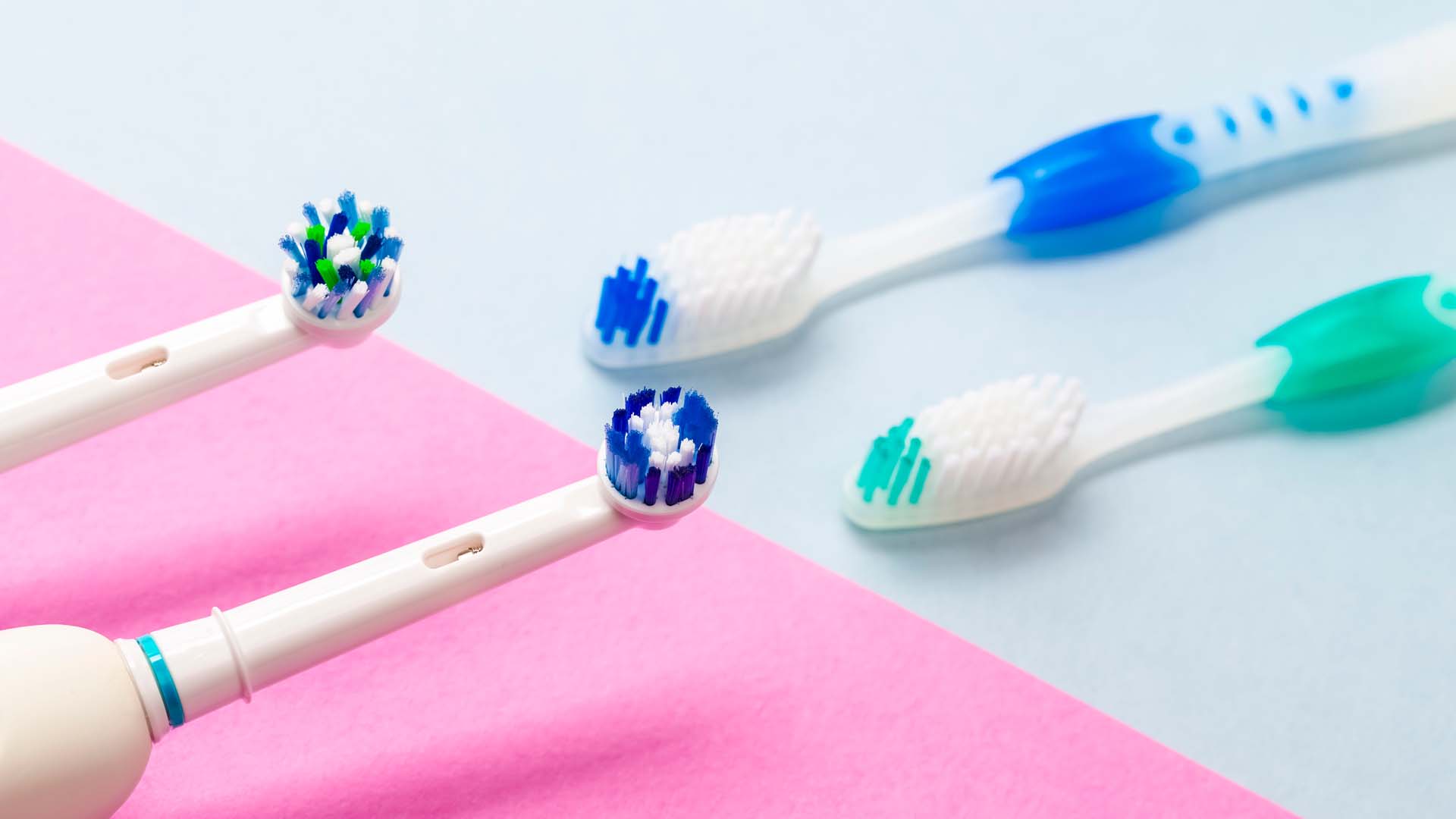
Cleaning with an electric toothbrush is much easier, especially if you have mobility problems in your hands.
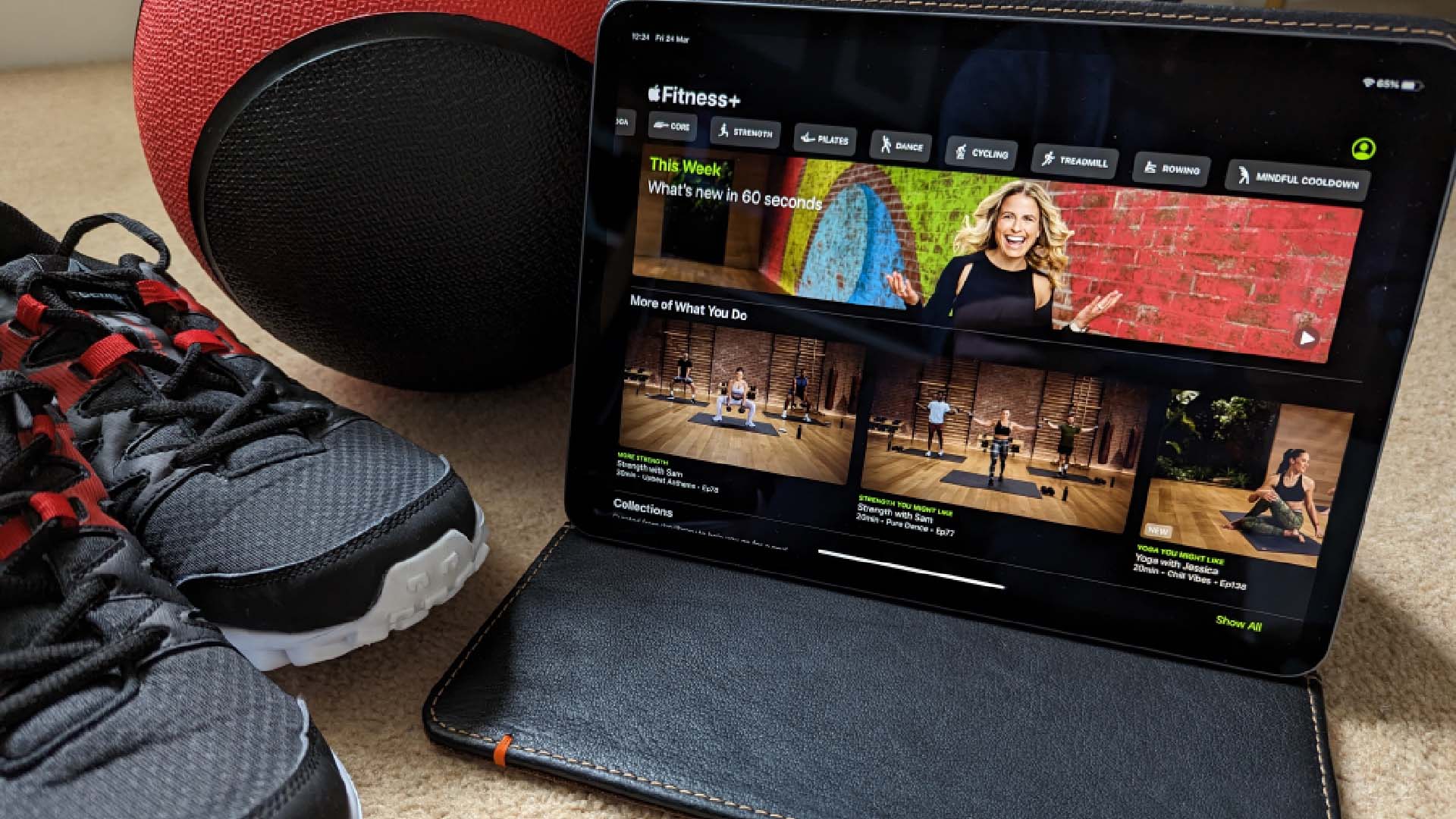
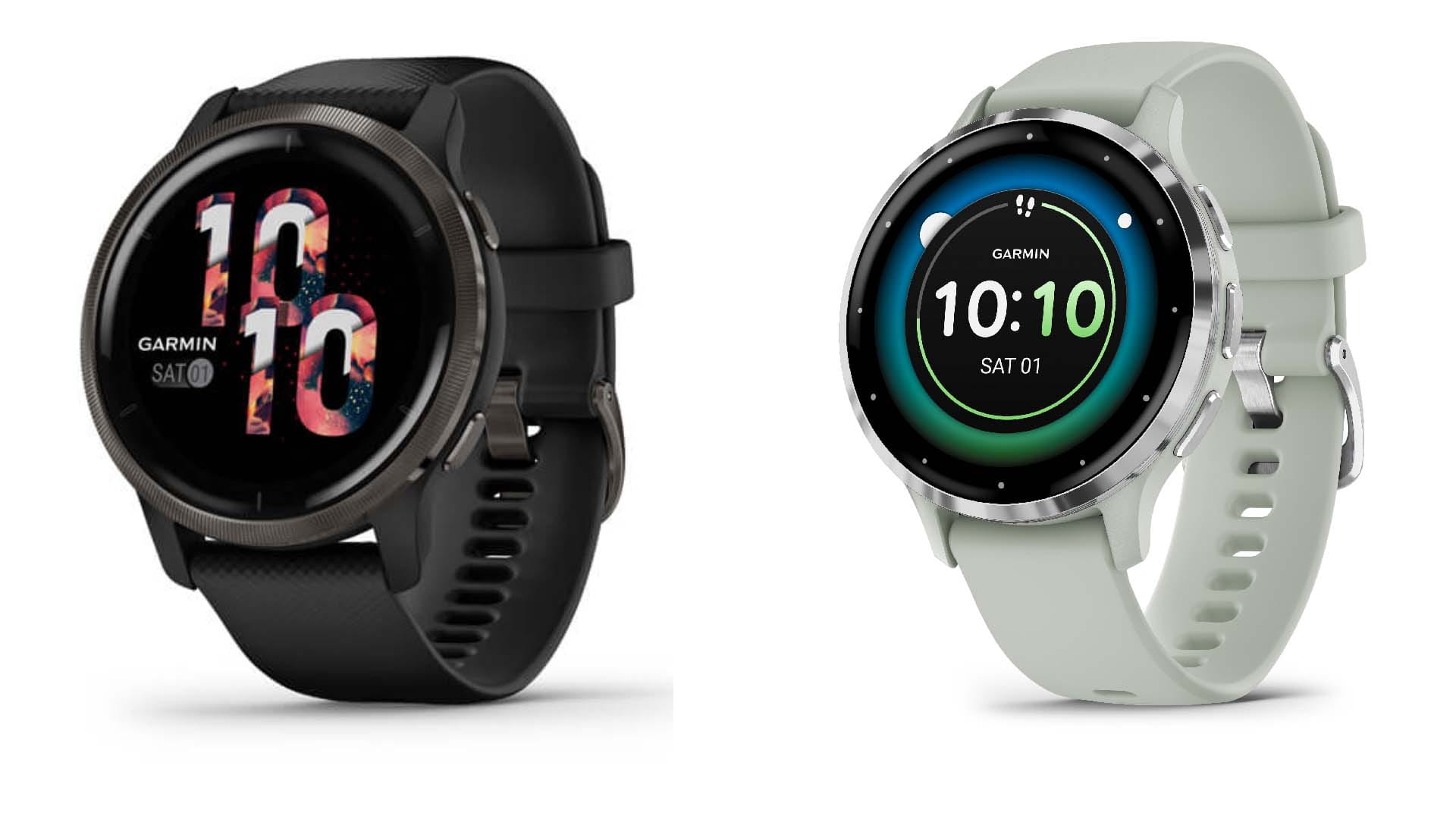

The best yoga poses to build strength and make your life more comfortable
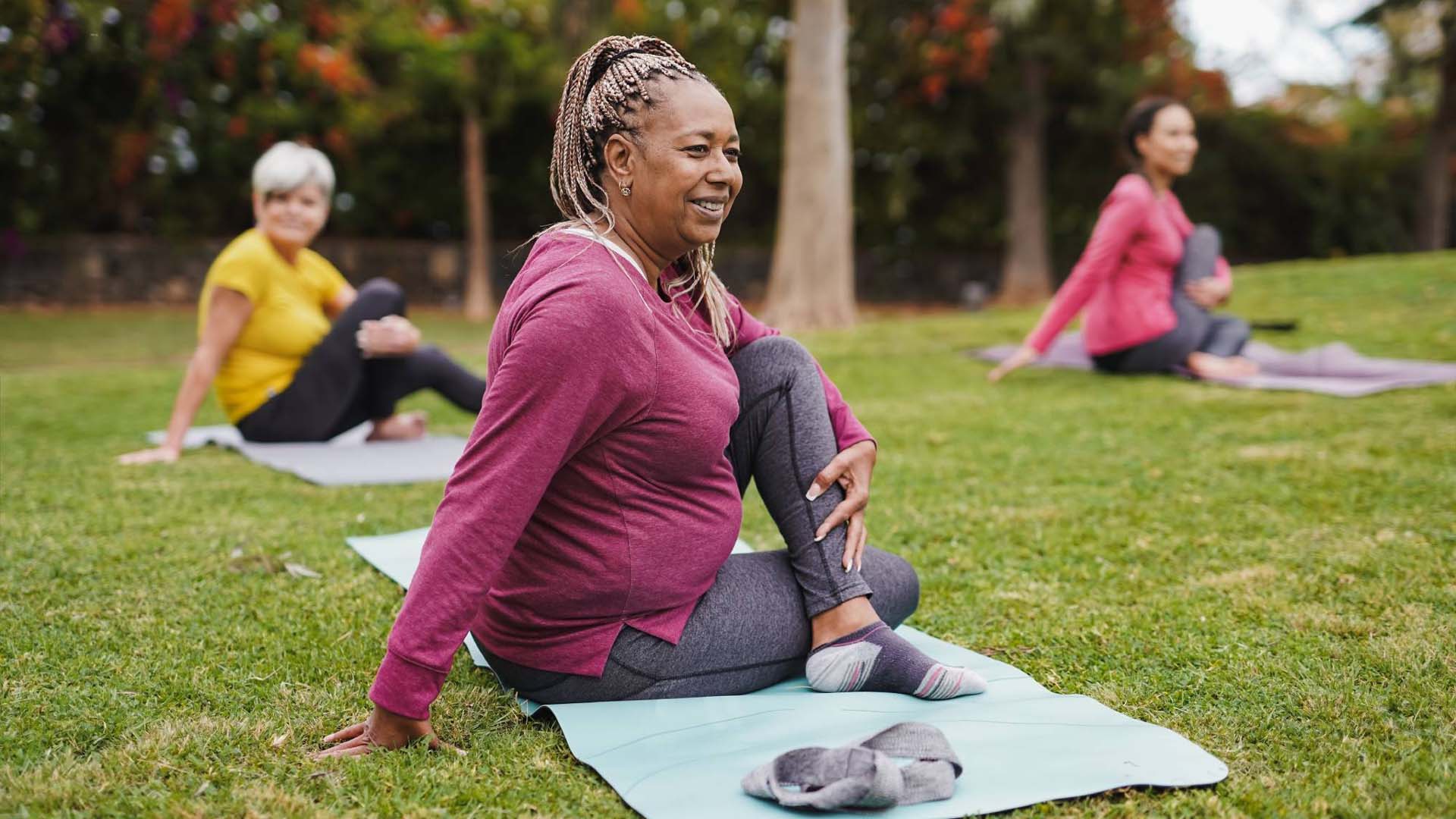
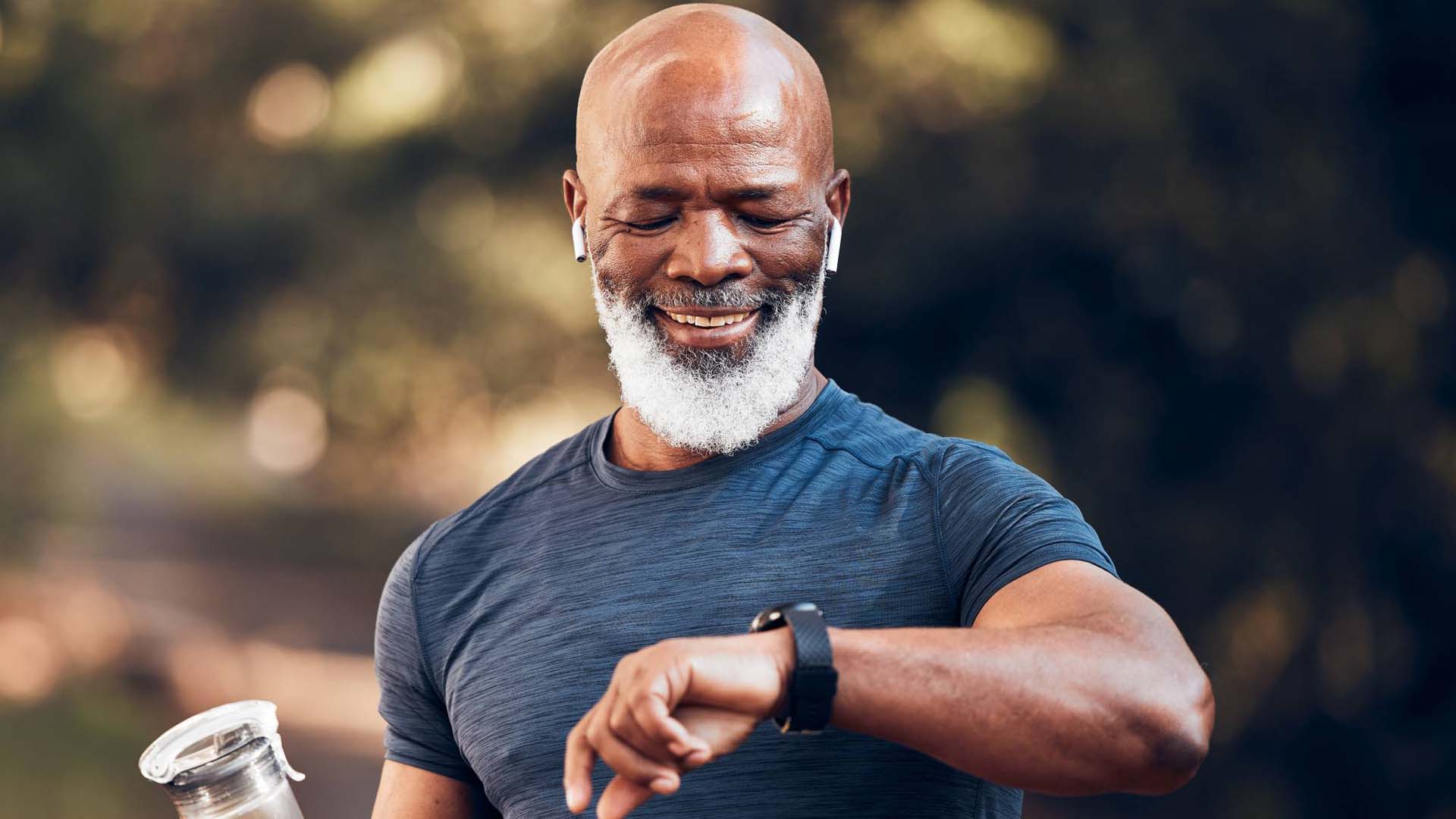
Your questions answered about what really is a good 5k time.

Your 5k questions answered and how far it is in miles, with the best UK races